Dive Details
Location
Date
27 September, 2013
Time
12:38pm - 1:33pm
Details
Despite the poor visibility at The Steps a couple of hours earlier, we figured we dive The Leap. The Leap is deeper and it was later into the high tide so more clean water should have flowed it. We were to be proven wrong.
The entry at The Leap was straight forward and the initial view of the visibility from the surface was not bad. As we descended it did not improve at all and probably got worse. The visibility was that poor it was very difficult to make out landmarks and so I took us far too north on the way to the sand line. It is difficult to be certain, because the visibility was so bad, but I think we hit the sand line somewhere around Seahorse Rock. Unfortunately, I thought we were a lot further south and as we headed north west along the sand line, I didn't realise until we were well past "Southern Cross".
Eventually I worked out where we were by the time we got to the high rock. I was then able to find the basket star and the Miamira magnifica nudibranch. We also saw two weedy seadragons in the same area we had dived on the earlier dive even though we didn't see any on that.
Shortly after the M. magnifica we headed to the exit for a safety stop and then got out at The Steps. That was the worst visibility I have ever experienced at The Leap.
Buddy
Peter Jaques
Seas
Surgey
Visibility
2-3 metres
Duration
54 minutes
Maximum depth
20.7 m
Average depth
13.3 m
Water temperature
15.9°C
Dive Profile from Citizen Hyper Aqualand
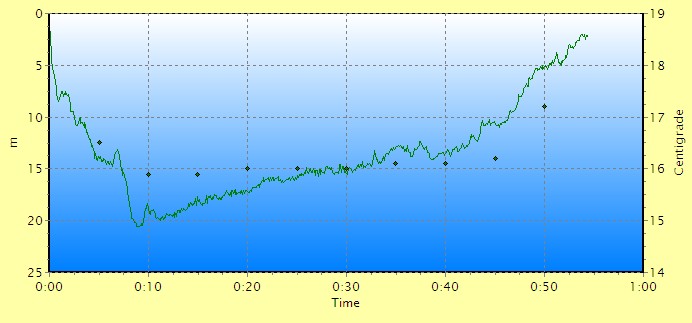
Tides at Botany Bay AEST
Note that tides at dive site may vary from above location.
High
1:32am
1.11m
Low
7:14am
0.68m
High
1:49pm
1.41m
Low
8:45pm
0.62m
Camera gear
Camera
Nikon D7000
Lens
Nikon AF Micro-Nikkor 60mm f/2.8D
Housing
Ikelite 6801.70
Lens port
Ikelite Flat Port 5502.41
Strobe
2 x Ikelite SubStrobe DS161
Photographs
Depth information, where present, indicates the depth of the camera when the photograph was taken and can be used to approximate the depth of the subject.
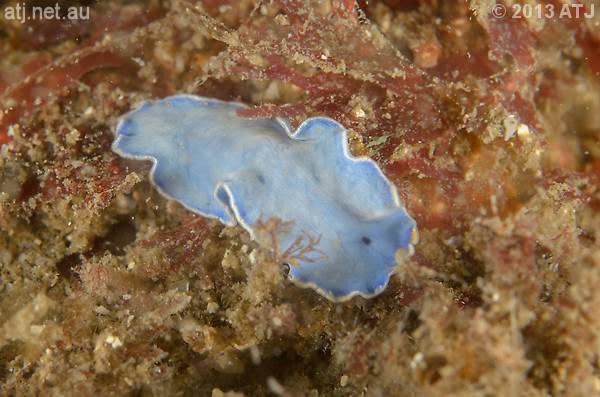
Polyclad flatworm. 17.2 m.
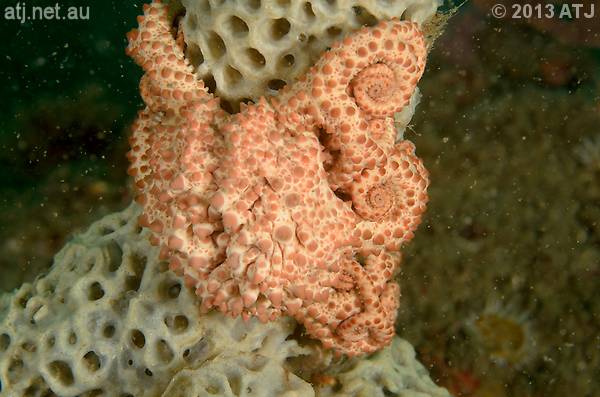
Basket star, Astrosierra amblyconus. 13.4 m.

Nudibranch, Miamira magnifica. 13 m.
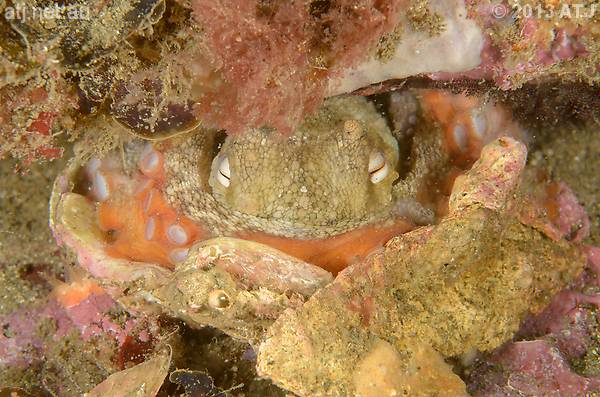
Common Sydney octopus, Octopus tetricus. 13.1 m.
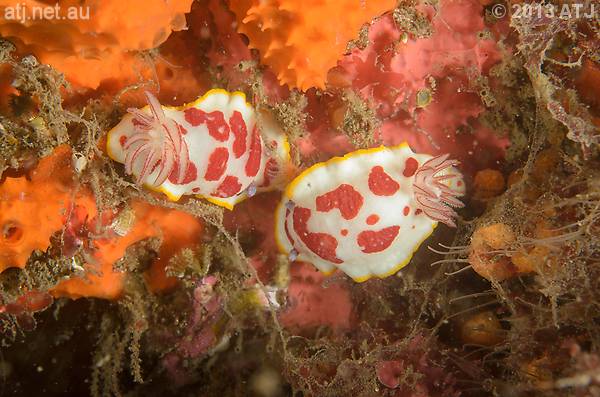
Nudibranchs, Chromodoris splendida. 13.4 m.
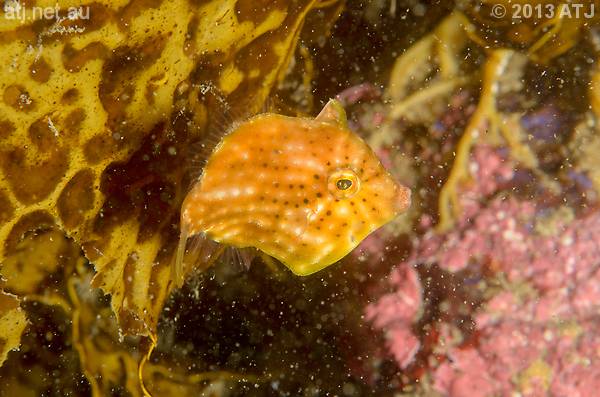
Pygmy leatherjacket, Brachaluteres jacksonianus. 12.3 m.